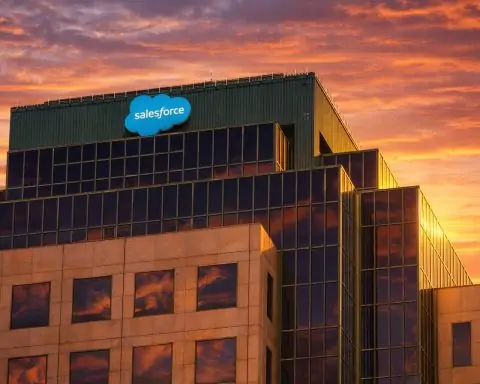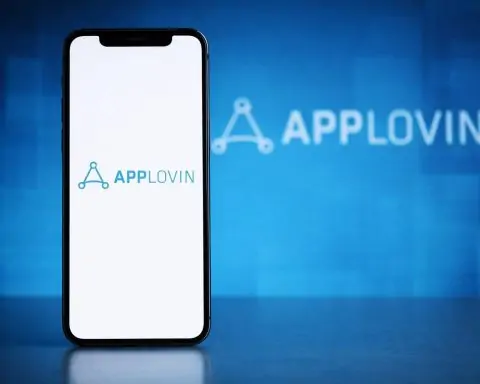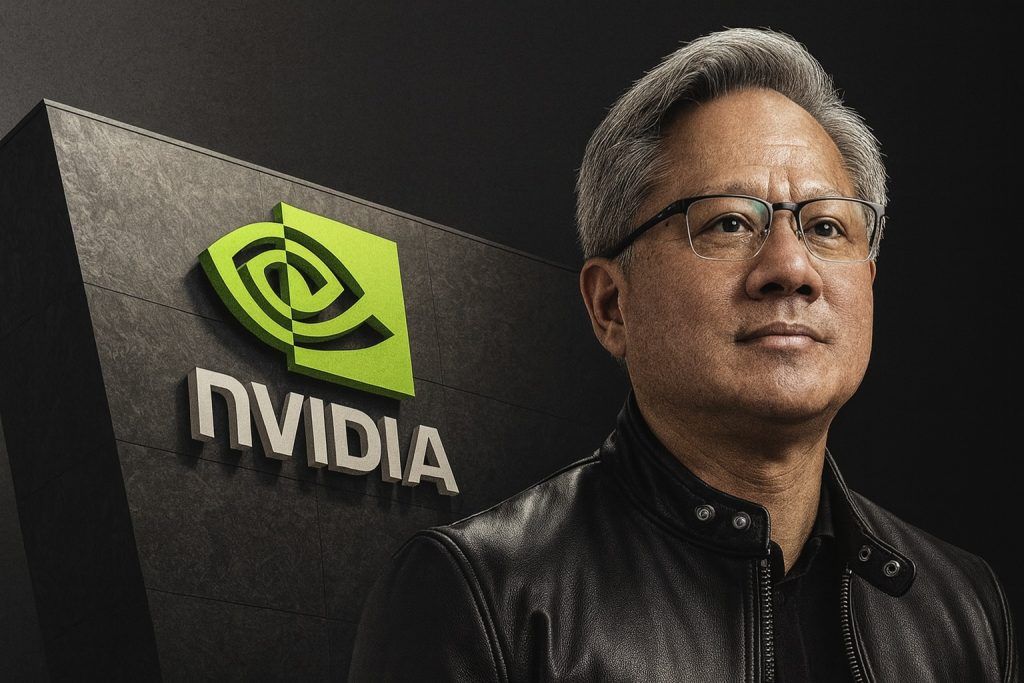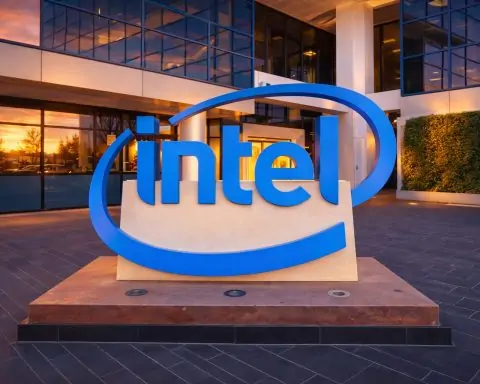- Nothing on Oct 1, 2025 unveiled Essential, an AI-driven platform that lets users create custom “mini-apps” via natural language prompts [1] [2]. Essential currently comprises Essential Apps(AI-generated widgets) and Playground (a community hub to share and remix them) [3] [4].
- This move is billed as the “first step” toward an AI-native operating system (Essential OS) built around personalization. The company says it has raised $200 million in Series C funding to support its shift into AI-focused software and devices [5] [6].
- Early users can design tools like meeting briefs, budget trackers or mood journals by simply typing (or speaking) a request – e.g. “create a PDF of my weekly receipts” – and the AI instantly generates a widget they can add to the home screen [7] [8]. These user-crafted apps can then be uploaded to Playground for others to download and tweak [9] [10].
- Essential’s alpha has already yielded hundreds of community-built tools (mental health trackers, family schedulers, etc.) [11] [12]. Nothing says any user can browse Playground like an open app store and remix existing apps “like the open source community” [13] [14].
- For now the feature set is limited to widgets on Nothing phones (Phone 3, Phone 2/2a series). The new Nothing OS 4.0 beta includes an “AI Usage” dashboard and lets Phone 3 support up to 6 Essential Apps (other models 2) [15] [16]. Full-screen apps and a broader rollout may come later as the company refines the tech [17] [18].
AI apps by prompt: At its core, Essential is a “vibe coding” tool that turns plain-English tasks into functioning applets [19] [20]. The user just describes what they need (for example: “show a one-page call brief before my meetings”) and the AI builds a custom workflow in seconds [21] [22]. Nothing CEO Carl Pei says this approach challenges the “outdated and elitist system” of traditional app development – moving “away from one-size-fits-all applications” towards hyper-personalization [23] [24]. Indeed, Pei calls Essential the first step toward an operating system “where devices adapt to people, not the other way around.”
Playground community: Alongside Essential Apps is Playground, Nothing’s alternative app store. Anyone can download, use or remix others’ creations, much like GitHub for apps [25] [26]. In April’s alpha, users already shared dozens of apps (e.g. a flight tracker widget, hydration reminder, F1 schedule) [27] [28]. Nothing emphasizes Playground has fewer restrictions than a normal store: anyone can contribute custom AI-tools (and even audio/video presets or widget “Glyph Toys”), subject to community guidelines [29] [30]. At launch, however, adding new apps requires signing up for creator access on Nothing’s site [31].
Inside Essential/Space: Essential itself isn’t just the app builder. Nothing had introduced Essential Space last year – a privacy-focused hub that organizes your screenshots, notes and more with AI search. New in 2025’s update is Essential Memory, which passively learns your habits and surfaces useful info contextually [32] [33]. For example, the phone can pull up a photo or note from weeks ago if it thinks it’s relevant, all stored locally by default. The company says all data stays on-device unless the user opts in to cloud sync [34] [35].
AI-native OS vision: Nothing frames these moves as more than gadgets – it’s pursuing an AI-native OS. By combining hardware and software, they aim for phones that “adapt more closely to individual needs” [36] [37]. In contrast to Apple/Google’s model (tweaking social feeds or ads), Nothing says it’s optimizing for creativity and utility. Pei envisions future updates where app creation happens directly on the phone (perhaps via voice) and larger apps could replace widgets [38]. He notes Nothing won’t scrap Android’s base: Android provides the underlying ecosystem, while “AI will change” how OS layers work [39].
Expert commentary: Tech journalists find Nothing’s gambit fascinating but caution it’s early days. The Verge calls Essential & Playground “neither Nothing’s first step, nor an OS” yet – but still “exciting,” as it offers a glimpse of more personal phones [40]. Android Authority highlights that right now Essential Apps are just widgets, noting a gap between the lofty examples given and what the alpha tools actually do [41]. They quote Pei acknowledging that the AI “is not yet mature enough” for full apps [42], but say he envisions evolution beyond widgets.
Security and moderation remain concerns. TechCrunch notes analysts (Appfigures) have found past “vibe coding” app platforms suffered from maintenance and security holes [43]. Pei himself warns “with millions of users… maintaining security with these apps will be important” [44]. Phandroid similarly flags that Nothing hasn’t explained how it will handle privacy (since the AI needs access to personal data) or prevent spam/malware in Playground [45]. The company currently charges nothing – there’s no paid tier yet – and Pei says any monetization (e.g. rewarding popular creators) will wait until the ecosystem scales [46] [47].
Industry context: Nothing’s shift comes amid a surge of AI features in phones (e.g. Samsung/Google adding AI assistants). But its full-stack approach is unusual. By raising $200M for this bet [48], Nothing highlights that even small players (<1% market share globally) see AI software as their next battlefront [49] [50]. If Essentials pays off, it could “change how we think about apps and operating systems,” as one commentator put it [51]. Even if hurdles remain, experts say it’s refreshing to see a vendor experimenting beyond the usual UI tweaks [52] [53].
Bottom line: For now, only Nothing phone owners (Phone 3/2 series) can try the alpha. They can sign up and begin “building” custom tools on the web-based Playground [54] [55]. In time, Nothing aims to bake these AI tools directly into the phone’s OS – turning our phones into proactive personal assistants. Whether this vision succeeds will be closely watched. As Pei himself puts it: it’s an invitation to “chip away at the moats of the past… and open the door to a user-led future” [56] [57].
Sources: Official announcements and tech media coverage [58] [59] [60] [61] [62] [63] (Nothing’s press releases and interviews with CEO Carl Pei, plus analysis from TechCrunch, The Verge, Android Authority, Gadgets360, Times of India and others).
References
1. www.hindustantimes.com, 2. www.business-standard.com, 3. www.hindustantimes.com, 4. www.business-standard.com, 5. www.hindustantimes.com, 6. www.business-standard.com, 7. techcrunch.com, 8. www.androidauthority.com, 9. www.hindustantimes.com, 10. www.androidauthority.com, 11. tilnote.io, 12. www.business-standard.com, 13. tilnote.io, 14. www.theverge.com, 15. timesofindia.indiatimes.com, 16. www.androidauthority.com, 17. www.theverge.com, 18. techcrunch.com, 19. techcrunch.com, 20. www.business-standard.com, 21. www.hindustantimes.com, 22. www.androidauthority.com, 23. www.business-standard.com, 24. phandroid.com, 25. techcrunch.com, 26. www.androidauthority.com, 27. www.androidauthority.com, 28. phandroid.com, 29. www.gadgets360.com, 30. www.business-standard.com, 31. www.gadgets360.com, 32. www.hindustantimes.com, 33. www.gadgets360.com, 34. www.hindustantimes.com, 35. www.gadgets360.com, 36. www.business-standard.com, 37. www.theverge.com, 38. www.theverge.com, 39. www.theverge.com, 40. www.theverge.com, 41. www.androidauthority.com, 42. techcrunch.com, 43. techcrunch.com, 44. techcrunch.com, 45. phandroid.com, 46. www.theverge.com, 47. techcrunch.com, 48. www.hindustantimes.com, 49. techcrunch.com, 50. www.hindustantimes.com, 51. phandroid.com, 52. www.theverge.com, 53. phandroid.com, 54. timesofindia.indiatimes.com, 55. phandroid.com, 56. www.business-standard.com, 57. phandroid.com, 58. www.hindustantimes.com, 59. techcrunch.com, 60. www.gadgets360.com, 61. www.business-standard.com, 62. www.theverge.com, 63. timesofindia.indiatimes.com










